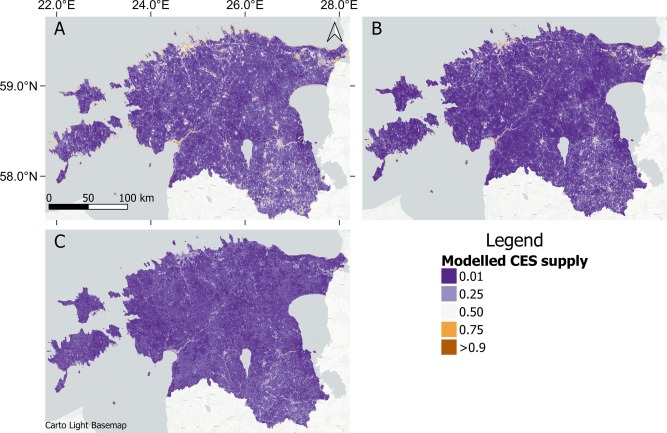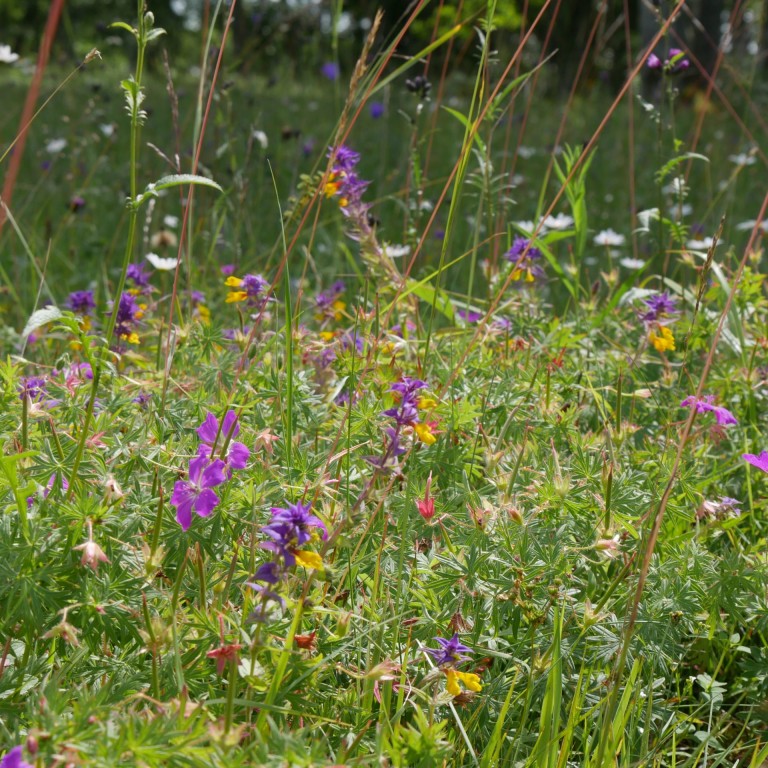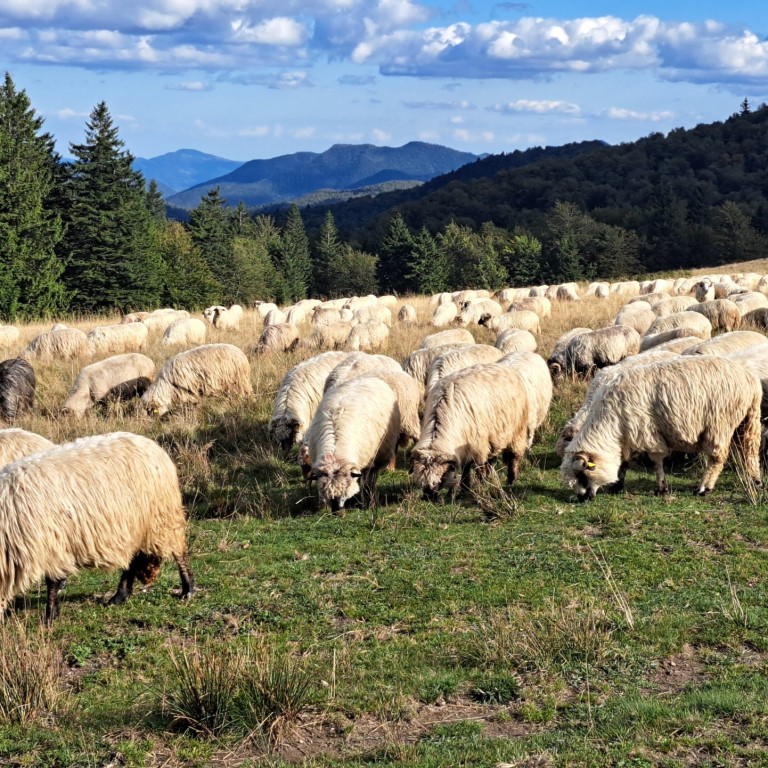
In January, Aveliina, along with Kris Decler and Jordi Cortina-Segarra, published a commentary in Nature, writing that the EU nature restoration law needs ambitious and binding targets. To achieve it, around 1,400 European researchers and 30 expert networks and institutions have signed a declaration by the Society for Ecological Restoration Europe. The Declaration supports setting a legal principle to maximize recovery of ecosystems and considers that planning and implementation must be in line with ecological principles. The comment can be found here.
Decleer, K., Cortina-Segarra, J., & Helm, A. (2022). EU Nature Restoration Law needs ambitious and binding targets. Nature, 601(7892), 191-191.
In February, Ecosystem Services will publish a research article on the cultural benefits of nature, where one of the co-authors is Aveliina. The article discusses how the analysis of integrated remote sensing and social media data facilitates the assessment of cultural ecosystem services. In the study they spatially analyzed the demand for selected cultural ecosystem services - landscape observation, leisure and wildlife observation. This was explored using social media photos. Human density was added to the data obtained to investigate its relationship to the provision of cultural ecosystem services The result is maps showing where the greater cultural ecosystem services are being offered and how this relates to human density. The maps showed that the high level of provision of cultural ecosystem services is high, for example in South Estonia, on the coast and in larger cities. The article can be found here.
Karasov, O., Heremans, S., Külvik, M., Domnich, A., Burdun, I., Kull, A., Helm, A., Uuemaa, E. (2022). Beyond land cover: How integrated remote sensing and social media data analysis facilitates assessment of cultural ecosystem services. Ecosystem Services, 53, 101391.
Modelled cultural ecosystem services supply: landscape watching (A), outdoor recreation (B), and wildlife watching (C).



